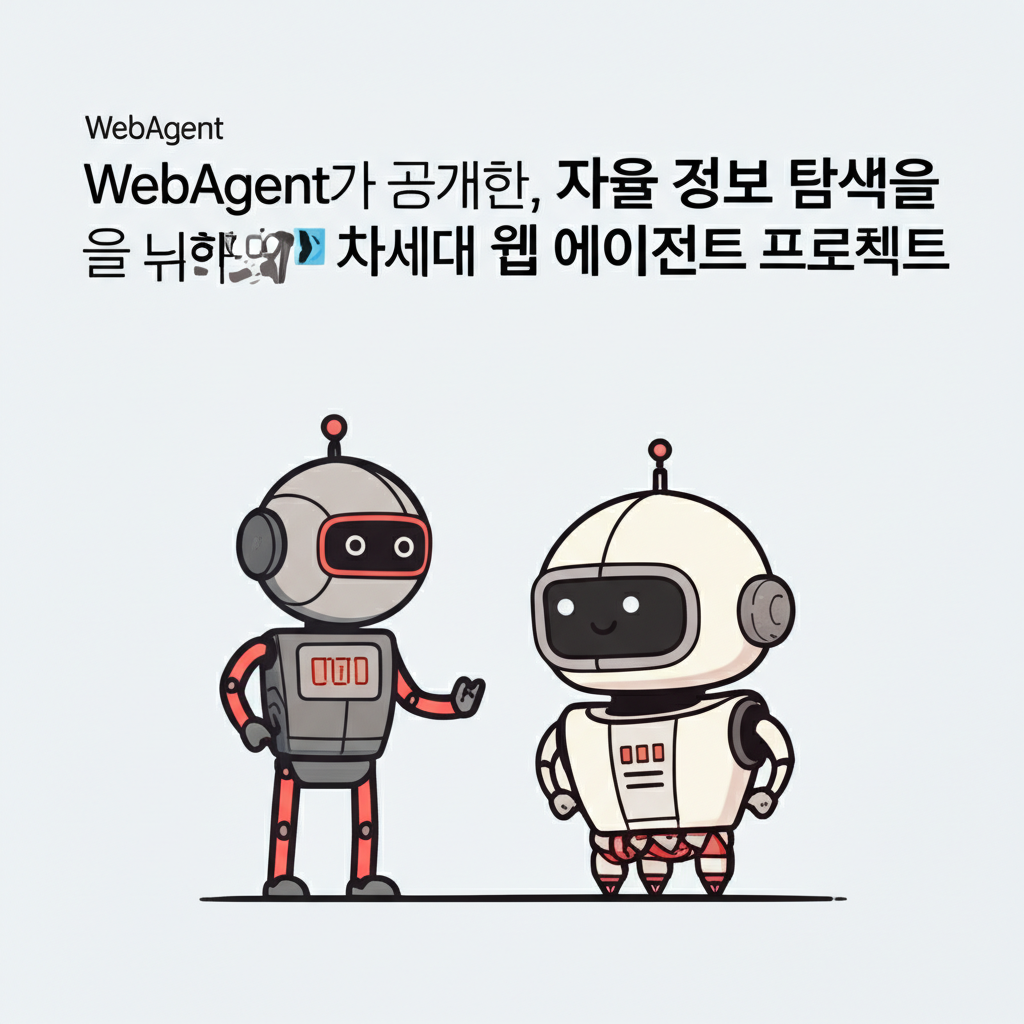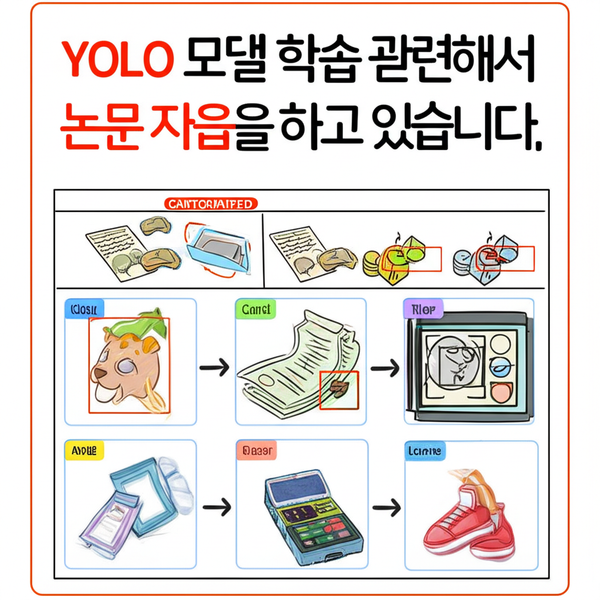WebAgent: Alibaba's Next-Gen AI Agent for Autonomous Web Information Exploration

What is WebAgent?
WebAgent is an innovative open-source project developed by Alibaba's Tongyi Lab that pushes the boundaries of AI-powered web exploration. At its core, it's a Large Language Model (LLM) based autonomous agent capable of navigating the web, gathering information, and performing complex reasoning tasks with minimal human intervention. Let's dive deep into this fascinating technology and understand how it works.
Key Components of WebAgent
The project consists of four main components, each serving a crucial role:
- WebWalker: Think of this as a sophisticated testing ground for LLMs. It evaluates how well language models can navigate real web environments, similar to how we would assess a human's ability to find information online.
- WebDancer: This is the brain of the operation. It's a training framework that teaches the AI agent how to explore web content effectively. Using reinforcement learning, it develops optimal strategies for complex web navigation tasks.
- WebSailor: A real-time monitoring system that can track thousands of web pages simultaneously. It's particularly adept at detecting changes and finding hidden information pathways.
- WebShaper: The newest addition to the family, focused on generating high-quality training data automatically.
How Does WebDancer Work?
The magic of WebDancer lies in its sophisticated training process:
- Data Collection: First, it gathers high-quality training data using innovative techniques
- Supervised Fine-Tuning (SFT): The system learns from exemplary navigation patterns
- Reinforcement Learning: Through interaction with web environments, it develops and refines its strategies
- Optimization: The DAPO algorithm enhances data utilization and strategy robustness
Technical Implementation Details
// Example of WebAgent's basic navigation logic
class WebAgent {
async explore(query) {
const relevantPages = await this.searchPages(query);
const information = [];
for (const page of relevantPages) {
const pageData = await this.analyzePage(page);
if (this.isRelevant(pageData)) {
information.push(pageData);
}
}
return this.synthesizeInformation(information);
}
}
Real-World Applications
- Market Research: Automatically tracking competitor prices and product updates
- Academic Research: Gathering and synthesizing information from multiple scientific sources
- Business Intelligence: Monitoring industry trends and market changes
- Content Aggregation: Creating comprehensive reports from diverse web sources
Getting Started with WebAgent
To start using WebAgent in your projects:
- Clone the repository from GitHub
- Install dependencies using npm or yarn
- Configure your API keys and settings
- Initialize the WebAgent instance
- Start with basic queries and gradually explore more complex scenarios
Future Implications
WebAgent represents a significant step forward in autonomous web exploration. Its ability to understand context, navigate complex information structures, and make intelligent decisions opens up new possibilities for automated research and data gathering. As the technology evolves, we can expect to see more sophisticated applications that further bridge the gap between human-like understanding and machine efficiency.
Best Practices and Tips
- Start with well-defined search queries
- Implement rate limiting to respect website policies
- Use error handling for robust operation
- Regularly update your models for better performance
- Monitor and log agent activities for optimization
As we continue to see advancements in AI technology, WebAgent stands as a testament to how far we've come in automating complex web interactions. Whether you're a developer looking to build upon this technology or a business seeking to leverage its capabilities, understanding and implementing WebAgent could be a game-changer in your information processing workflow.




